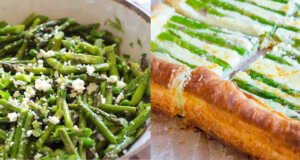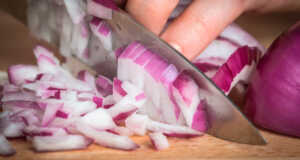When the world thaws and defrosts from the dormant months of winter, our appetite changes, longing for something with bright vitality. While the produce section is always abundant, shopping in-season for fruit and vegetables is definitely something to consider. Not only is the price of in-season produce slightly cheaper, but in-season produce has higher levels of vitamins and antioxidant compounds. With the change of seasons, here’s a guide on which veggies and fruits to look out for and how to cook and bake with them this spring.
Lemons

In the spring, the cheery lemon is ready for picking. The two main varieties that are grown in the US, Eureka and Lisbon varieties, are produced in California, Florida, and Arizona. While Eureka lemons come out in the early spring until early summer, Lisbon lemon’s peak months are February through May. Known to be packed full of vitamin C, lemons also have other benefits like potassium, calcium, magnesium, antioxidants, and fiber (if you eat the zest or pulp). Both the zest and the juice are great ways to inject tons of lemony flavor into your next meal. This Lemon Pepper Spaghetti and Lemon Dijon Chicken are two quick recipes to enjoy lemons with a savory angle. If you want to have a zippy lemony twist to your sweet treats, then check out this list of ten lemony desserts here.
Cabbage
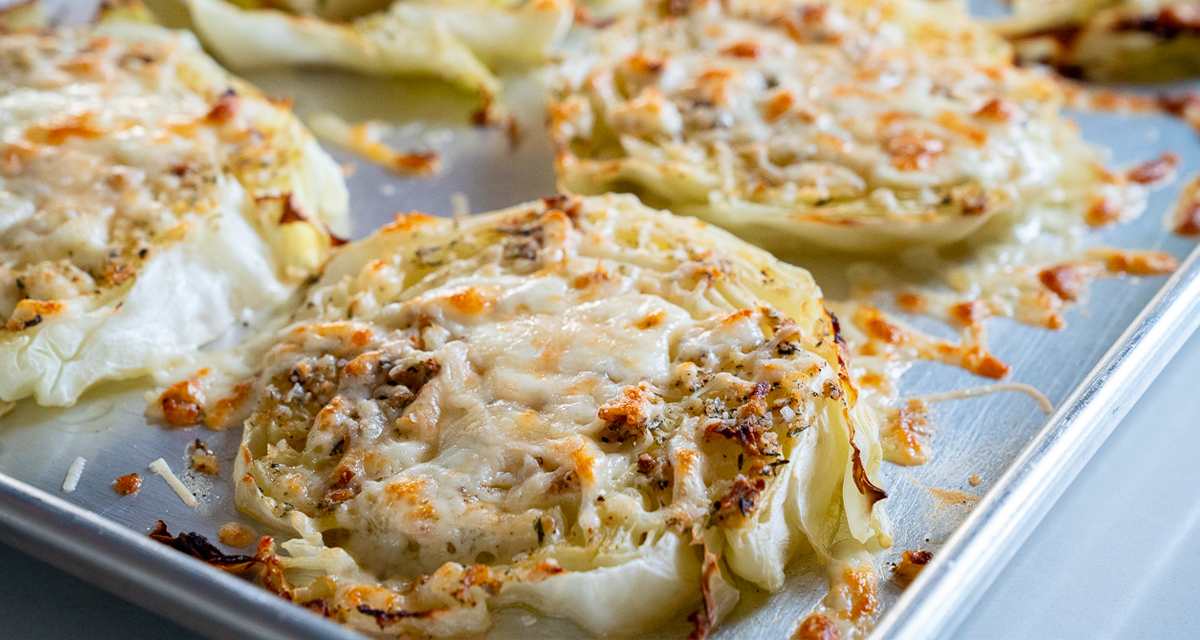
Cabbage isn’t just for Saint Patrick’s Day. From late fall until mid-spring, cabbage is one of the kings of the veggie aisle. The biggest cabbage producers are in California, Texas, and Florida, but additional states like Wisconsin and New York grow it as well, stretching cabbage’s seasonality out a bit longer. Firm and crisp while raw and tender and sweet when cooked, cabbage is packed with vitamins K and C. The fiber in cabbage helps keep you fuller for longer, making it a great meal stretcher. Here Jamaican Cabbage and Scalloped Cabbage make for great side dishes and Irish Bacon Cabbage and Potato Soup and Volga German Cabbage and Dumplings make the cabbage the main course.
Asparagus
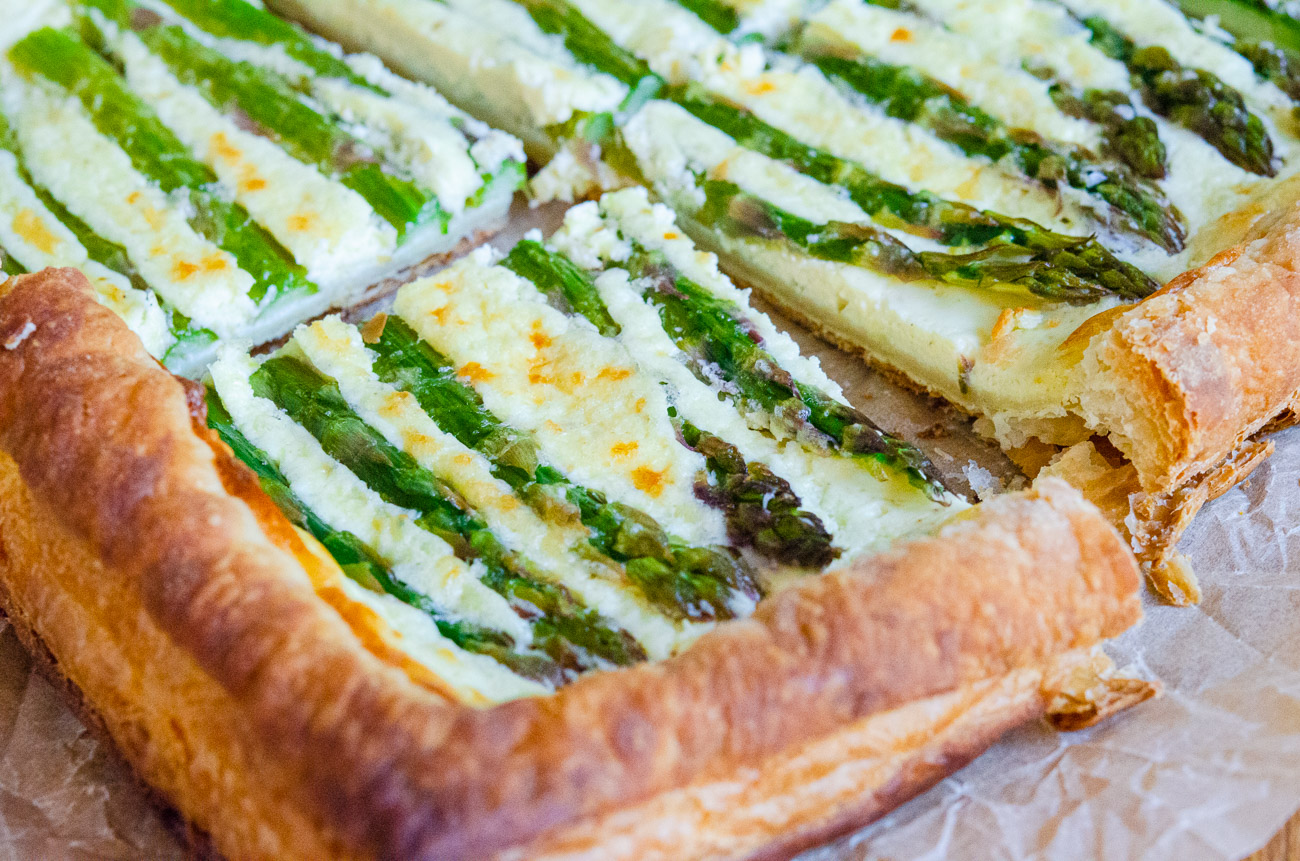
Grown in California, Michigan, New Jersey, and Washington, asparagus loves to grow in lower temperatures, meaning that once it’s mid to late spring, asparagus is in full force. With lots of vitamin K and folate, asparagus is also full of antioxidants as well. Thick spears of asparagus are great for higher cooking temperatures, like for roasting or frying. Thin asparagus is great for quicker cook times, like a one-pan pasta or a speedy stir-fry. Here’s a list of some of our favorite asparagus recipes.
Spinach
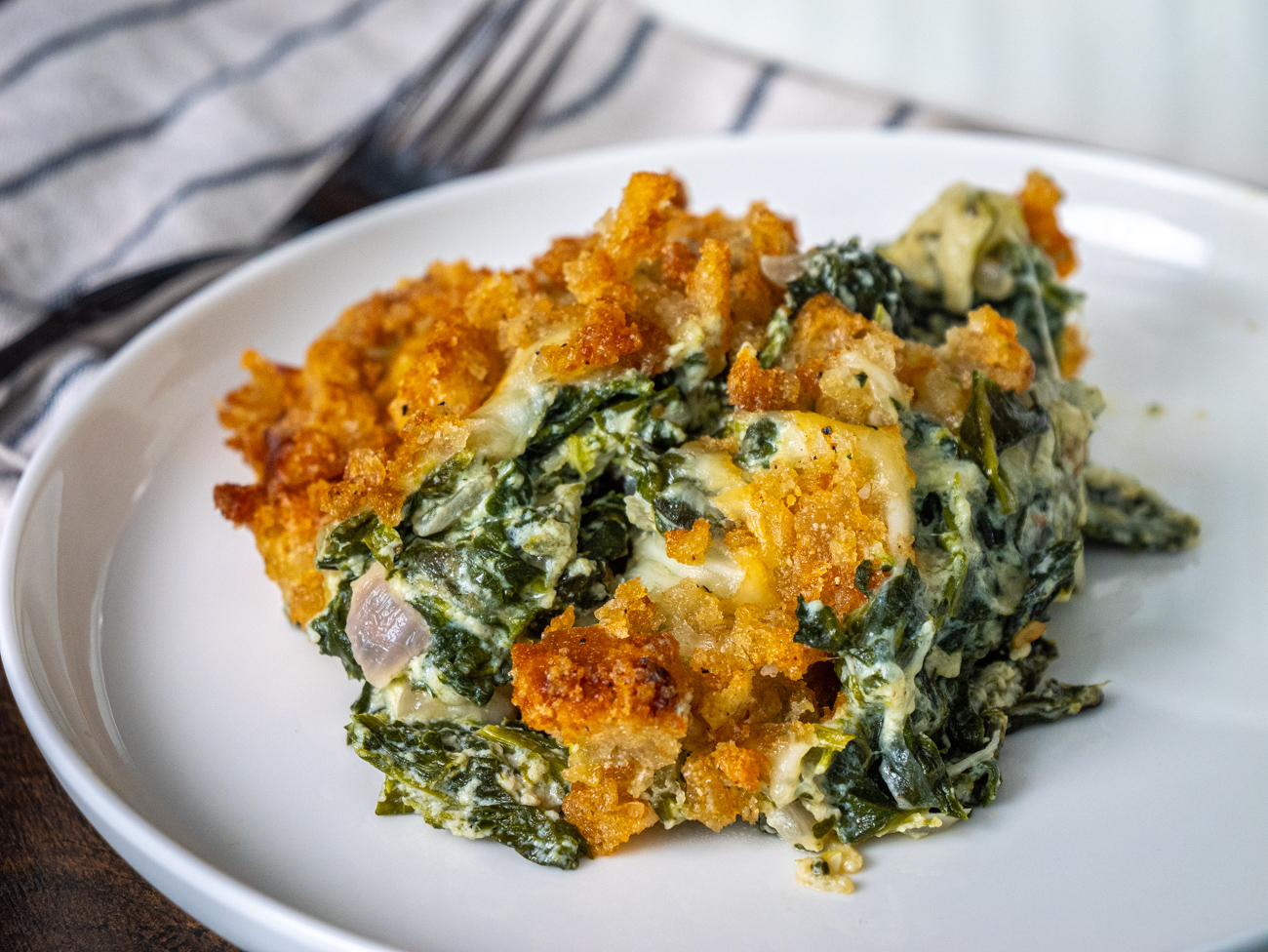
Spinach is a staple that’s available all year round, but the bounty that is harvested and sold in spring has the best and brightest flavor. Arizona, California, Texas, and New Jersey account for ninety-eight percent of the US’s production. While rich in iron, spinach is also packed full of vitamins A, C, and K as well as potassium, magnesium, and folate. While you can have spinach the classic way with this Popeye Spinach, spinach’s luxurious friends of cream and cheese elevate the spinach as seen with Creamed Spinach Pasta, Spinach Feta Casserole, and Cheesy Italian Spinach Bake.
Strawberries
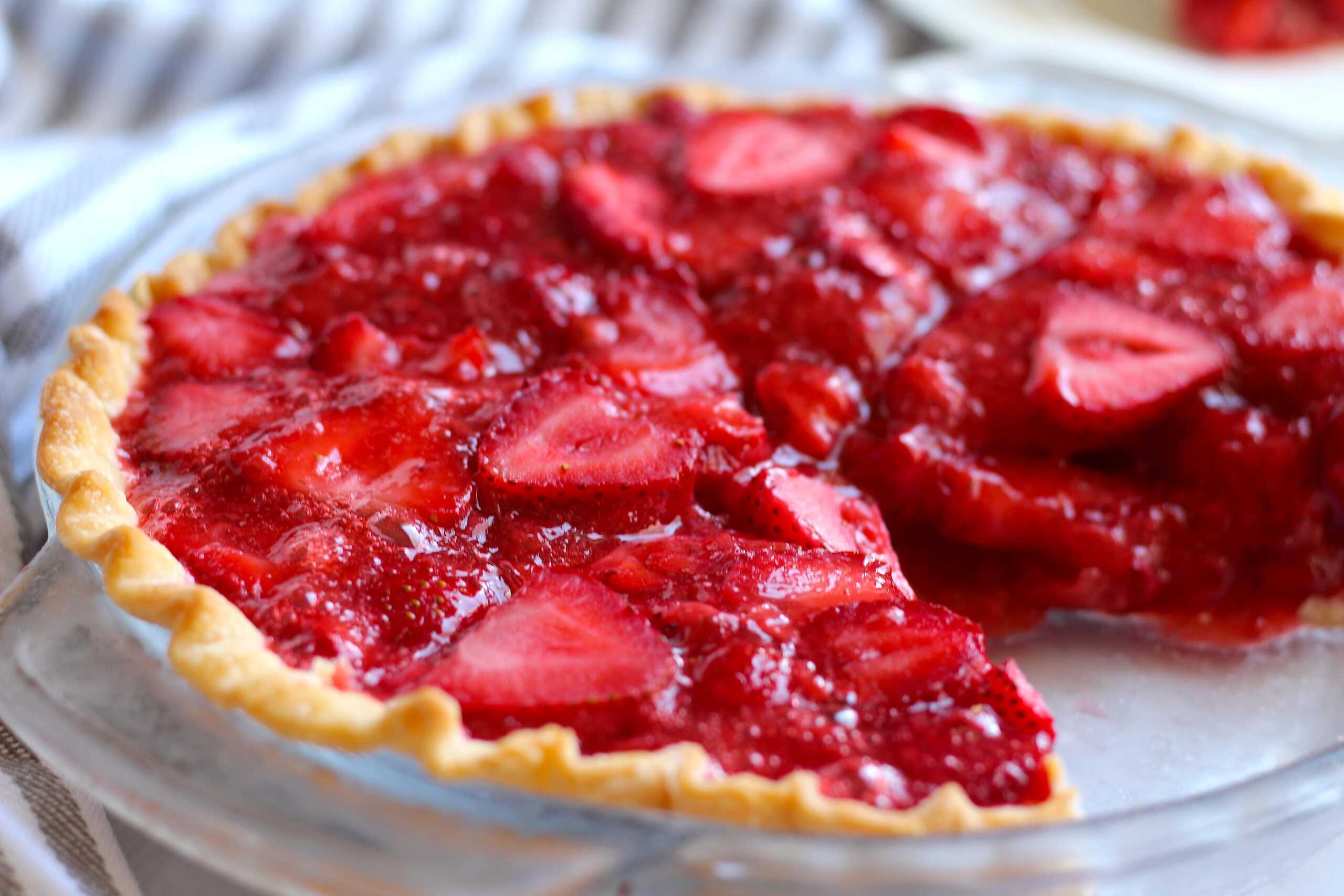
While we generally associate strawberries with the early months of June, strawberry bounty is in mid to late spring. The big growers of fresh strawberries are California and Florida while Washington state grows strawberries that are used for frozen berry mixes, yogurts, ice creams, and jams. Strawberries are high in fiber and packed with vitamin C as well as some potassium. A bowl of fresh berries is always a tasty and convenient dessert, this article shows how to bake with these ruby berries!
Peas

When we think of spring produce, we think of peas. Grown during the chilly months, these legumes are some of the first fresh produce of the spring season. Since they prefer cooler climates, states like Montana, North Dakota, Washington, Nebraska, South Dakota, and Idaho have become the biggest producers of peas. Peas have a great combination of protein and fiber alongside other benefits like vitamins A, K, C, and thiamine. While some varieties like snap peas and snow peas don’t need much cooking, the classic pea is a great variety to have in these recipes for Jane Austen’s Pea Soup and Slow Cooker Split Pea Soup. Peas are also great in light sautéed dishes like TV Dinner Peas and Carrots, or Browned Butter and Roasted Garlic Peas.
Carrots
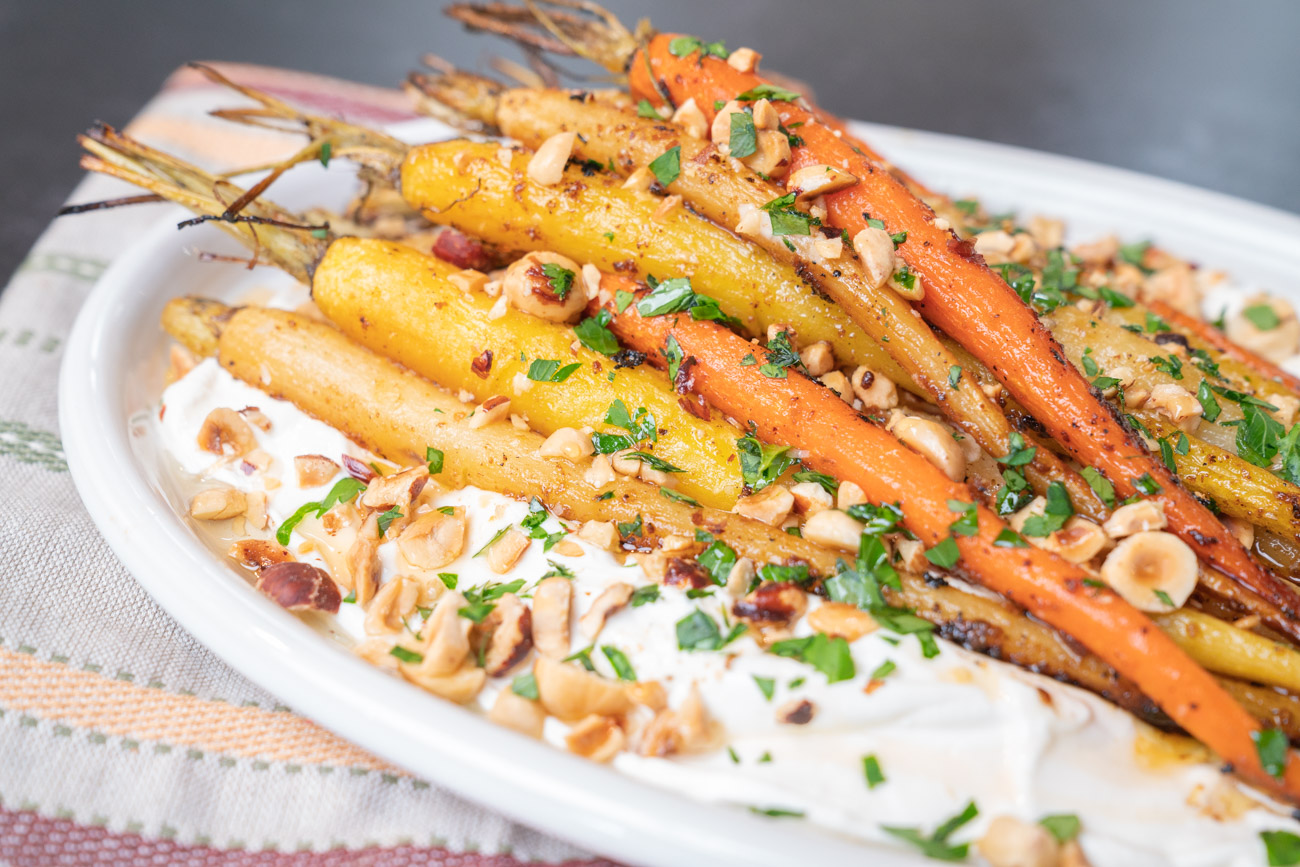
Carrots aren’t just for the Easter rabbit. Come spring, carrots are in peak season. With the need for fertile soil and mild climates, carrots thrive in states like California and Washington, with some production in Wisconsin as well. These orange root veggies are perfectly packed with vitamin A alongside biotin, potassium, and vitamins K1 and B6. At a high heat, the carrots get tender and maintain their delightful sweetness as seen with recipes like Dill Buttered Carrots, Roasted Carrots with Labneh, and Garlic Parmesan Roasted Carrots. Dessert recipes like Pistachio Carrot Cake, Cardamom Carrot Cake, and Carrot Honey Pie are some ways carrots can become a sweet treat.



